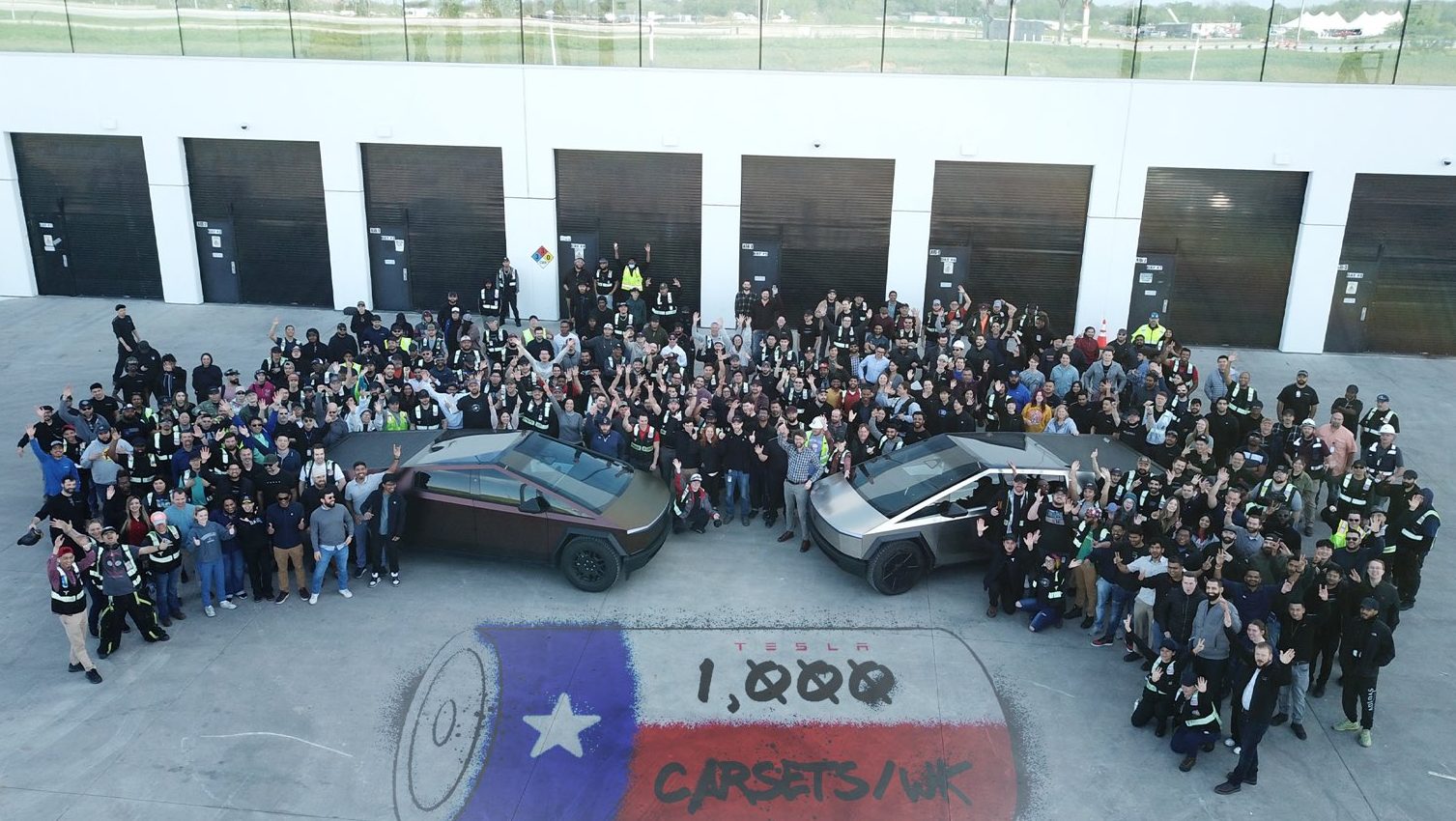Tesla achieved a significant production milestone for the Cybertruck and shifted its focus towards reducing production costs. This endeavor was supported by a substantial increase in the production of 4680 cells, which became more cost-effective as output volumes rose. Tesla remained optimistic about leading their respective market segments by the end of 2024.
Despite ongoing invitations for the Foundation Series Cybertruck, the availability of standard variants remained uncertain. The Foundation Series, priced $20,000 above the base model, allowed Tesla to mark up the Cybertruck, a testament to its unprecedented popularity. This strategy also helped offset production costs as Tesla scaled up operations, particularly given the advanced technologies involved.
The Cybertruck boasted several industry-first features, including a 48-volt electrical system, steer-by-wire technology, and a stainless steel exoskeleton. While production challenges initially delayed volume production projections, Tesla’s recent progress indicated faster-than-expected advancements.

Tesla’s Q1 2024 shareholder update highlighted the achievement of 1,000 units of weekly production, demonstrating significant momentum since the start of production. With Tesla poised to become a market leader by year-end, the company remained focused on overcoming challenges associated with new technologies and supply chain limitations.
The production ramp-up, crucial for cost reduction through economies of scale, was complemented by ongoing improvements in yield and efficiency. Tesla’s target to surpass supplier costs of nickel-based cells by year-end reflected its commitment to innovation and cost competitiveness.
Additionally, Tesla started a “Cost Grind” initiative to explore design efficiencies, supply chain optimizations, and manufacturing simplifications. While pursuing cost reductions, Tesla remained vigilant about maintaining product quality and safety standards, ensuring a sustainable and profitable future for the Cybertruck.

